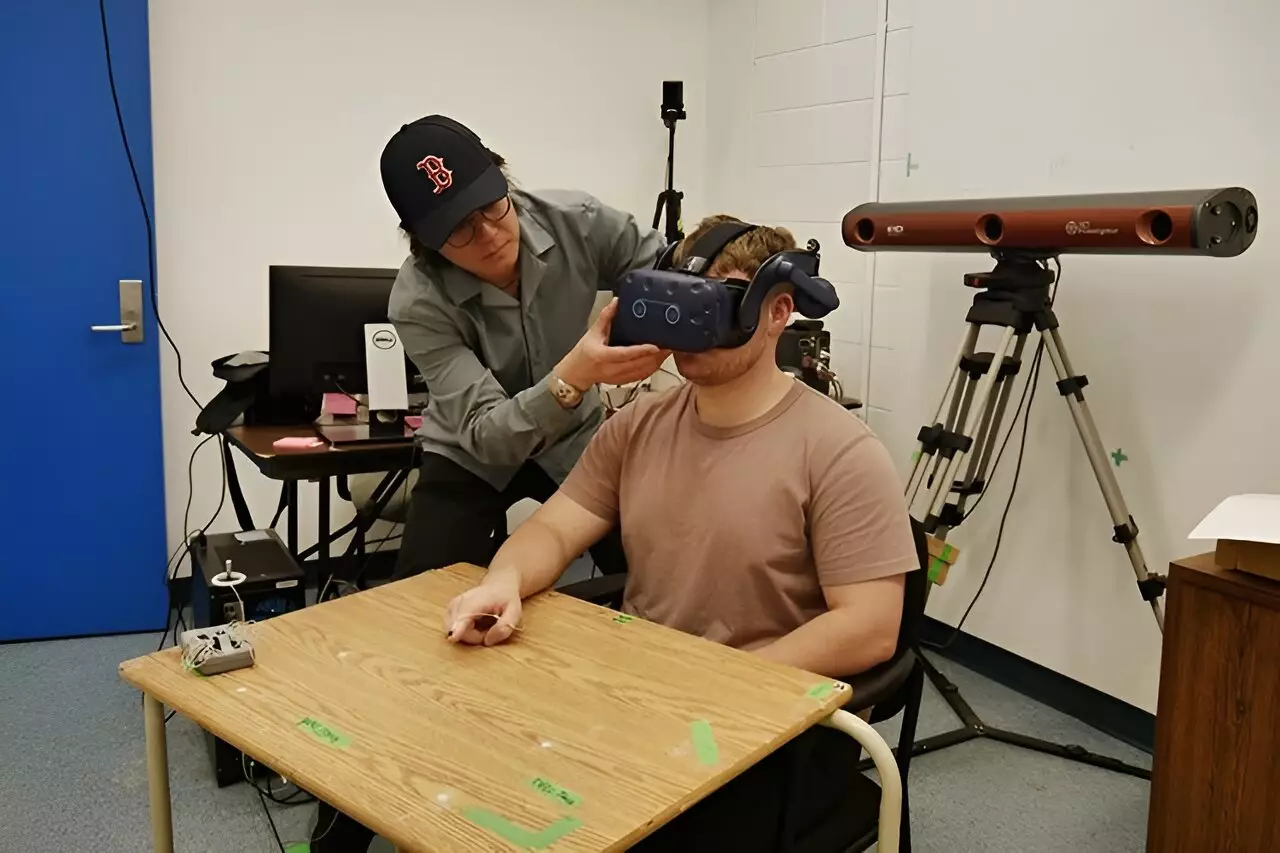The study conducted by researchers at the University of Toronto sheds light on the temporary changes in perception and interaction with the real world caused by the use of virtual and augmented reality (VR and AR) technologies. These findings have significant implications for various industries that rely on VR and AR for training purposes.
Effects on Movement Accuracy
The study revealed that individuals tend to move differently in VR and AR environments, leading to errors in movement once they return to the real world. Participants using VR tended to undershoot their targets, while those using AR tended to overshoot their targets. These errors were immediate but gradually disappeared as participants readjusted to real-world conditions.
One surprising finding of the study was the transfer of movement patterns from VR and AR to real-world movements. Additionally, the researchers noted that the effects of AR wore off faster compared to VR. This difference could be attributed to the fact that individuals in AR can still see and interact with their actual surroundings, leading to a more accurate sense of depth and distance.
The researchers stress the importance of understanding the challenges in transferring skills learned in VR or AR to real-world scenarios. This has significant implications for industries such as surgery, aviation, and everyday activities like driving. Recognizing the limitations and effects of VR and AR is crucial to ensuring their effective and safe use in training programs.
Future Research Directions
Future research will focus on exploring how different types of VR and AR experiences, including complex and immersive scenarios, impact real-world performance. The researchers are also interested in investigating how factors like training duration and individual differences influence adaptation and readjustment to real-world conditions. This research aims to inform the design of VR and AR systems that minimize negative after-effects and optimize their potential for training and skill development.
The study highlights the need for a deeper understanding of how VR and AR technologies influence real-world performance. By uncovering the effects of these technologies on movement accuracy and skills transfer, researchers can enhance the design and implementation of VR and AR systems in various industries.


Leave a Reply